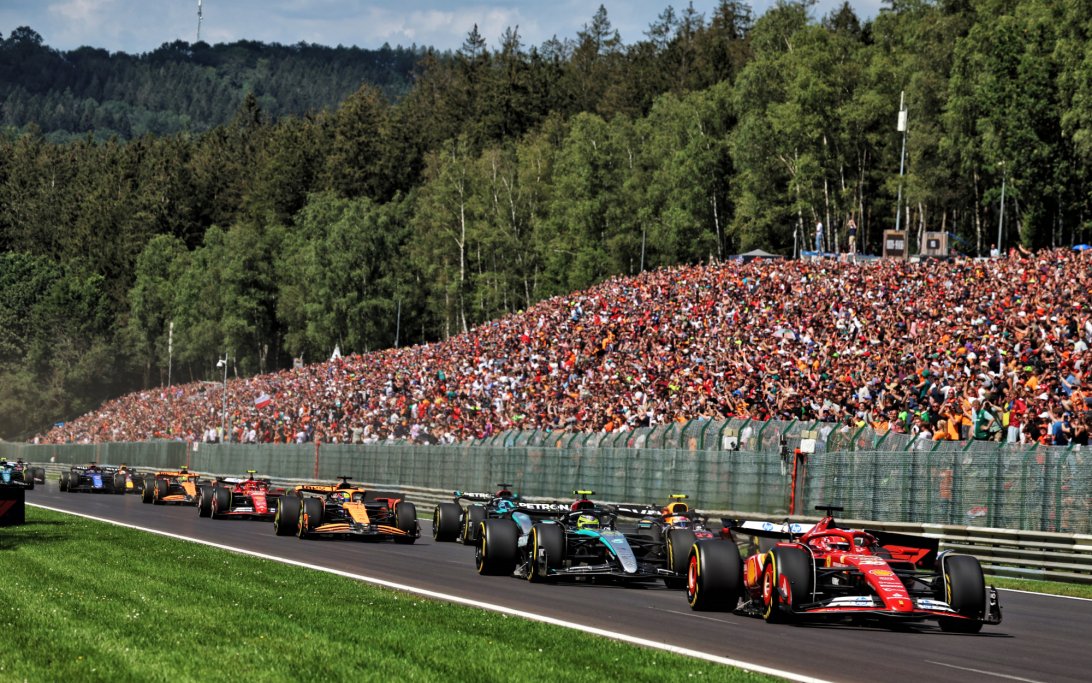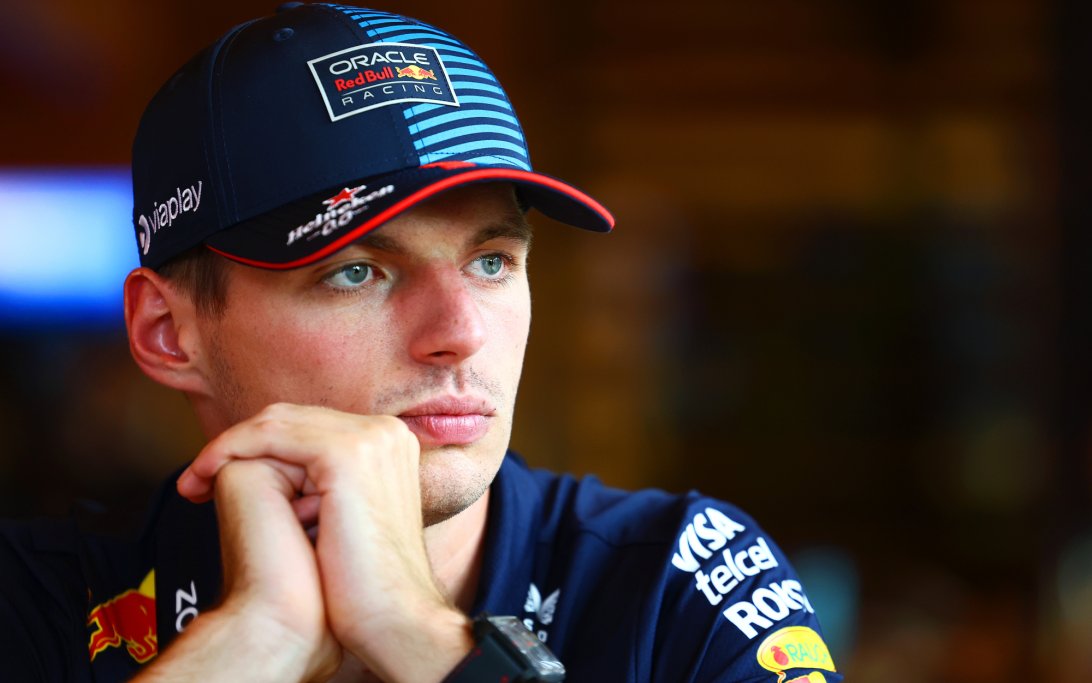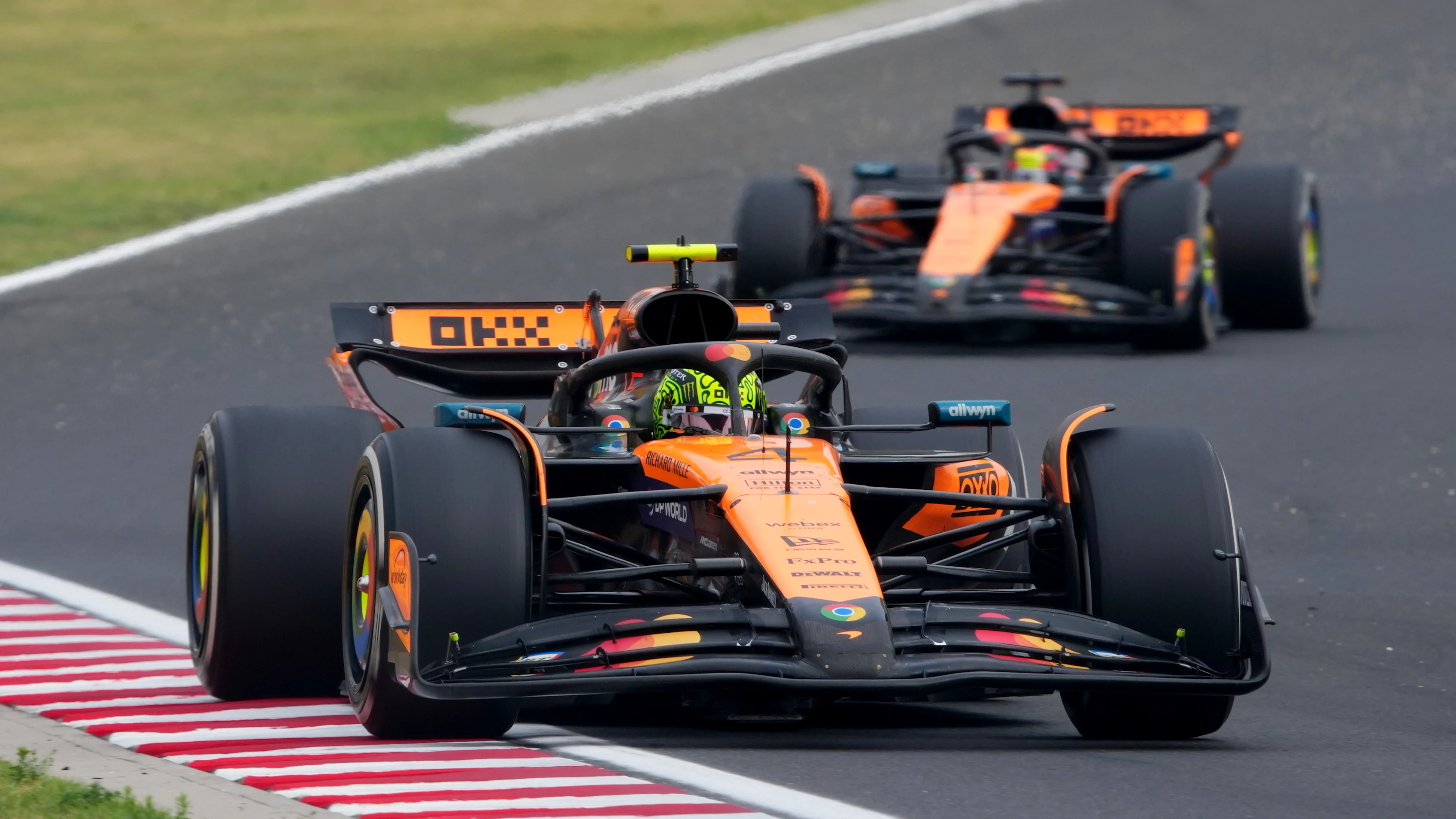The roar of engines has returned, piercing the summer silence as Formula 1 makes its highly anticipated comeback at the Dutch Grand Prix.
The iconic Zandvoort circuit, a sea of orange-clad fans, is once again the epicenter of the motorsport world. But this is no ordinary return.
The air is thick with tension, not just from the thrilling on-track battles, but from the undercurrents of uncertainty, rivalry, and career-defining challenges that are set to shape the remainder of the season.

The Last Dance at Zandvoort?
The Dutch Grand Prix is more than just a race; it’s a vibrant festival celebrating a national hero, Max Verstappen. As F1 commentator Nelson Valkenburg describes it, the event is a spectacle, a pilgrimage for the “Orange Army.” Yet, behind the celebratory facade lies a precarious future. Valkenburg reveals a startling truth: next year’s race will be the last in its current contract, and its continuation is far from guaranteed. The Friday sessions, usually a build-up of excitement, have struggled to attract full crowds, a potential sign of waning novelty or economic pressures. This revelation casts a shadow over the weekend, turning each cheer and every lap into a potentially historic moment, a farewell to a beloved fixture on the F1 calendar.
The Cracks in Verstappen’s Armor
While the home crowd is ready to deify Max Verstappen, the champion himself arrives at Zandvoort under a cloud of unusual vulnerability. The once-invincible Red Bull car has been showing weaknesses, particularly in slow corners, a characteristic that could be a significant handicap on the tight and twisty Zandvoort layout. Motorsport analyst Mark Hughes points out that Verstappen’s recent performances have been marked by a struggle to extract the maximum from his machine.
This isn’t the Verstappen we’ve grown accustomed to—the dominant force who could seemingly bend the laws of physics to his will. Instead, we see a driver battling his own equipment, a champion forced to dig deeper than ever before. Valkenburg offers a compelling insight into Verstappen’s mindset, describing a “sense of resignation” mixed with an unyielding motivation. This is a man who knows he may not have the best car on every given Sunday but remains fiercely committed to capitalizing on any opportunity that arises. The prospect of rain, often a great equalizer in F1, is now being seen as Verstappen’s best hope for a triumphant homecoming, a chance to showcase his prodigious talent in treacherous conditions.

McLaren’s Internal War: A Battle for Supremacy
As one champion grapples with his car, a battle for future supremacy is raging within the McLaren garage. The dynamic between Oscar Piastri and Lando Norris has evolved from a master-and-apprentice relationship to an all-out war for team leadership. Hughes labels Piastri as the “marginal favorite” for the internal championship, not necessarily for raw pace, but for his incredible consistency—a trait that has seen him relentlessly accumulate points.
Norris, on the other hand, possesses the electrifying speed that can leave the entire field breathless. This sets up a fascinating psychological duel. Valkenburg highlights the intensity extending beyond the drivers to their respective engineering crews, creating a palpable tension within the team. Every strategy call, every pit stop, and every on-track encounter between the two papaya-colored cars will be scrutinized. The championship is not just about points; it’s about establishing who will carry the team into its next era. And with the ever-present threat of bad luck or interference from other teams, this internal conflict is a high-wire act that could either forge a new champion or fracture a team on the rise.

The Multi-Million Dollar Midfield Melee
Further down the grid, a ferocious battle is being waged for the title of “best of the rest.” This isn’t just about pride; it’s a fight for a significant share of the prize money that can alter a team’s trajectory for years to come. Williams, a team reborn, is pegged by Valkenburg as a favorite in this contest, but their recent reliability issues have shown they are not infallible.
Teams like Aston Martin, Sauber, Racing Bulls, Haas, and Alpine are all in the hunt, each with their own strengths and weaknesses. This volatility makes the midfield arguably the most unpredictable and exciting part of the race. A single strong result could catapult a team up the constructors’ standings, bringing with it a financial windfall that funds crucial upgrades and development. The pressure on these teams is immense, turning every race into a high-stakes chess match where strategy and execution are paramount.
Whispers of the Future: Hamilton, Ferrari, and Rule Changes
Beyond the immediate drama, the F1 paddock is buzzing with questions about the future. Fan-submitted queries during the race broadcast shed light on some of the most intriguing long-term storylines. The concept of Ferrari’s 2024 car, the tracks that could expose McLaren’s hidden weaknesses, and a deep dive into the “super times” metric comparing McLaren’s current dominance to legendary teams of the past are all hot topics.
Perhaps the most tantalizing question revolves around Lewis Hamilton’s impending move to Ferrari in 2026. What will it take for the seven-time world champion to be a title contender with the Scuderia? This question opens up a world of speculation about the new engine regulations, team dynamics, and whether Hamilton can once again find himself in a championship-winning car. The discussions also touch on the possibility of revisiting tire selection rules, a seemingly minor detail that could have a major impact on race strategy and excitement.
As the engines cool and the sun sets on Zandvoort, one thing is clear: Formula 1 is back, and it’s more captivating than ever. The Dutch Grand Prix is not just the start of the season’s second half; it’s the opening chapter of a series of explosive, intertwined narratives that will keep fans on the edge of their seats until the final checkered flag in Abu Dhabi. The battles are just beginning.





